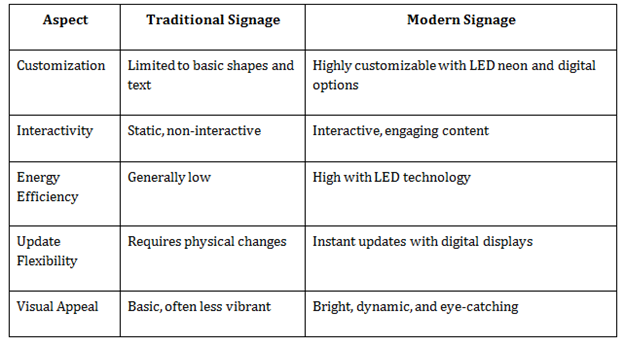The Role of Timesheet Management in Boosting Employee Productivity
Have you ever wondered how your team spends its time? Or how you can maximize employee productivity without micromanaging? If you’re a CEO, manager, or HR professional, these are questions that likely cross your mind regularly. The answer to these challenges might be simpler than you think: Timesheet Management.
Timesheet Management is more than just tracking hours. It’s about gaining insights into how time is spent and where improvements can be made. The right system helps your team to stay focused, boosts accountability, and optimizes productivity. So, how can Timesheet Management transform your workplace? Let’s understand.
What is Timesheet Management?
Timesheet Management is a system that records the amount of time employees spend on tasks, projects, or clients. It goes beyond clocking in and out. With Timesheet Management, you get detailed information on where time is being spent. It’s a powerful tool for making data-driven decisions that benefit your team and business.
Whether you run a consulting firm, legal office, or creative agency, time is your most valuable resource. If you want to improve productivity and profitability, Timesheet Management is essential. Let’s see how it works.
Why Timesheet Management Matters?
Do you know how much time your employees spend on productive tasks versus distractions? Many businesses don’t. According to a study by Salary.com, 21% of employees spend up to 5 hours per week on non-work-related activities. Without tracking this time, it’s easy to lose focus—and money.
Timesheet Management helps you capture every minute spent on work. With the data it provides, you can identify time-wasting activities and reallocate resources. This transparency helps your employees stay accountable and productive.
How Timesheet Management Boosts Employee Productivity
1. Identifying Time-Wasting Activities
Let’s be honest: everyone wastes a little time at work. Whether it’s checking social media or chatting with coworkers, distractions add up. According to studies, employees spend an average of 13 hours per week on non-essential tasks. That’s $10,000+ per employee per yea lost productivity!
Timesheet Management helps you see exactly where time is being spent. You can identify tasks that take longer than expected or projects that drag on. Once you have this information, you can make adjustments to keep your team on track.
2. Encouraging Accountability
No one wants to feel like they’re being watched. But with Timesheet Management, it’s not about surveillance—it’s about accountability. When employees know their time is being tracked, they’re more likely to stay focused. They know they need to provide accurate information about how their hours are spent.
For example, in consulting, where billable hours are everything, tracking time accurately ensures you’re getting paid for all the work you do. Accountability leads to better results for your clients and in turn, your business.
3. Better Project Management
Have you ever underestimated how long a project would take? It happens. But with Timesheet Management, you can use historical data to plan better. If a similar project took 100 hours before, you’ll know to allocate similar resources this time.
When you understand how much time each task requires, you can set more realistic deadlines and avoid bottlenecks. Managers can also monitor progress in real-time and make adjustments as needed to keep things moving smoothly.
4. Improving Resource Allocation
Timesheet data shows you who is overloaded and who has extra capacity. This helps managers distribute work more effectively. If one employee is consistently working overtime, while another is underutilized, you can reassign tasks to balance the load.
For example, in a digital marketing agency, if one designer is taking twice as long to complete tasks as another, you can redistribute the workload. This ensures that no one burns out and that your team stays efficient.
5. Simplifying Payroll and Invoicing
Let’s face it—no one likes administrative work. Timesheet Management automates much of the payroll and invoicing process. Instead of manually entering hours, your HR team can pull accurate time data directly from the system. This reduces errors and saves time.
According to Deloitte, 30% of professionals say manual time tracking is a huge time sink. Businesses can eliminate this waste by using a timesheet system and save hundreds of hours per year.
Using Timesheet Data for Strategic Decisions
1. Optimizing Billable vs. Non-Billable Hours
If your business relies on billable hours, Timesheet Management is crucial. It helps you track how much time is spent on client work versus internal tasks. By analyzing this data, you can shift focus toward billable activities. Thus, increasing profitability.
Let’s say your team spends 30% of their time on non-billable tasks. That’s a huge opportunity to optimize. With Timesheet Management, you can adjust workflows and shift priorities to boost billable hours.
2. Enhancing Team Collaboration
Timesheet data also reveals how different team members collaborate. If some employees constantly work together, you can assess whether this dynamic is productive. Timesheet Management helps you see which teams are most effective and whether changes are needed.
3. Planning for the Future
You can also use Timesheet Management data to predict future needs. Historical data helps you forecast busy periods and plan accordingly. Whether it’s hiring more staff or reallocating resources, you’ll have the insights you need to make informed decisions.
Overcoming Resistance to Timesheet Management
Some employees may not love the idea of tracking their time. They might feel it’s unnecessary or intrusive. But if you frame it as a way to boost productivity and reduce stress, they’ll likely see the benefits. It’s all about how you introduce the system.
For instance, explain how Timesheet Management helps distribute work more fairly and ensures everyone gets credit for their contributions. Emphasize that it’s not about control but about working smarter.
Conclusion
In today’s fast-paced business world, Timesheet Management is essential. It’s not just about tracking hours—it’s about gaining insight into how time is used and improving productivity. By identifying time-wasting activities, encouraging accountability, and making better decisions, your business can thrive.
So, are you ready to boost productivity with Timesheet Management? By implementing this system, you’ll optimize your team’s efforts, increase transparency, and set your organization up for long-term success.



